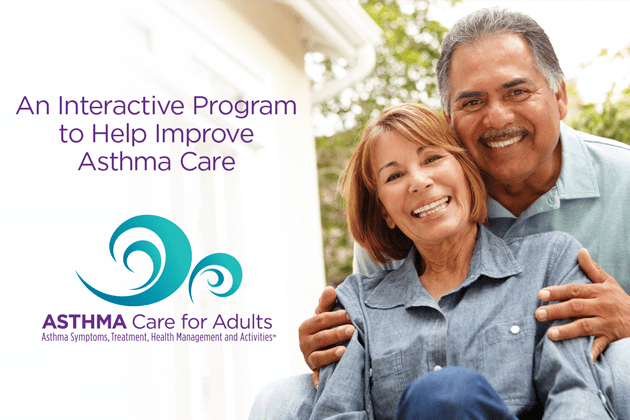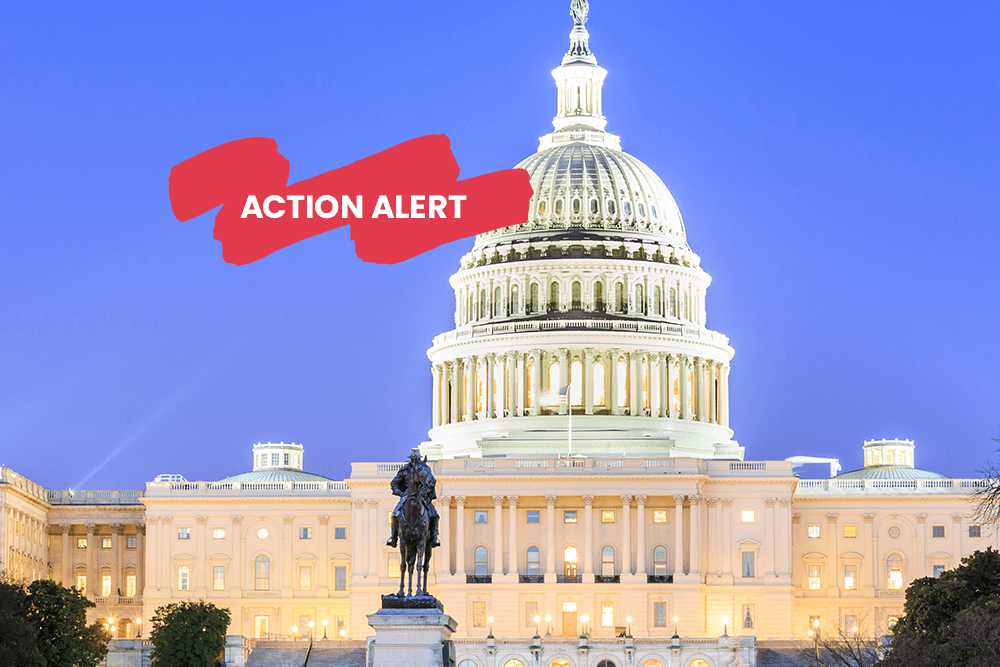Programs
Asthma and Allergy Programs and Resources
The Asthma and Allergy Foundation of America (AAFA) offers a variety of programs, resources, and tools for patients, caregivers, and health professionals.
Collaborations
AAFA collaborates with other organizations on special projects to raise asthma and allergy awareness and provide education on specific topics. Learn about AAFA’s current collaborations.
Community Health Interventions to Advance Self-Management of Asthma (CHI-ASMA) Project
AAFA is working with the Centers for Disease Control and Prevention (CDC) on the CHI-ASMA project. The goal of the project is to help people improve asthma control to reduce asthma rates and deaths, especially in at-risk groups.
Health Equity
Promoting health equity is a core value and mission-critical priority of AAFA. AAFA created the Health Equity Advancement and Leadership (HEAL) program in response to the findings of our Asthma Disparities in America report. The HEAL program addresses health disparities in communities that bear the heaviest burden of asthma.
AAFA’s Asthma & Allergy Friendly® Certification Program
AAFA joined with Allergy Standards Limited to create the Asthma & Allergy Friendly® Certification Program. This program helps people with asthma and allergies understand product claims and make informed purchases so they can have a healthier indoor environment and reduce their exposure to asthma and allergy triggers.
Kids with Food Allergies
Kids with Food Allergies (KFA) is the food allergy division of AAFA. KFA serves as a vital lifeline to families living with food allergies. KFA offers resources for families and caregivers, as well as adults who have food allergies.
Educational Programs
AAFA offers several educational programs on asthma and allergies for patients, caregivers, and health care professionals. Programs are available in a variety of formats, such as online courses, facilitated in-person programs, and printable handouts.
For more information or to place an order for hardcopy materials, please contact AAFA at:
1.800.7.ASTHMA (1.800.727.8462) – Call this toll-free hotline to order programs, materials or tools Monday – Friday between 10 a.m. and 3 p.m. ET.













